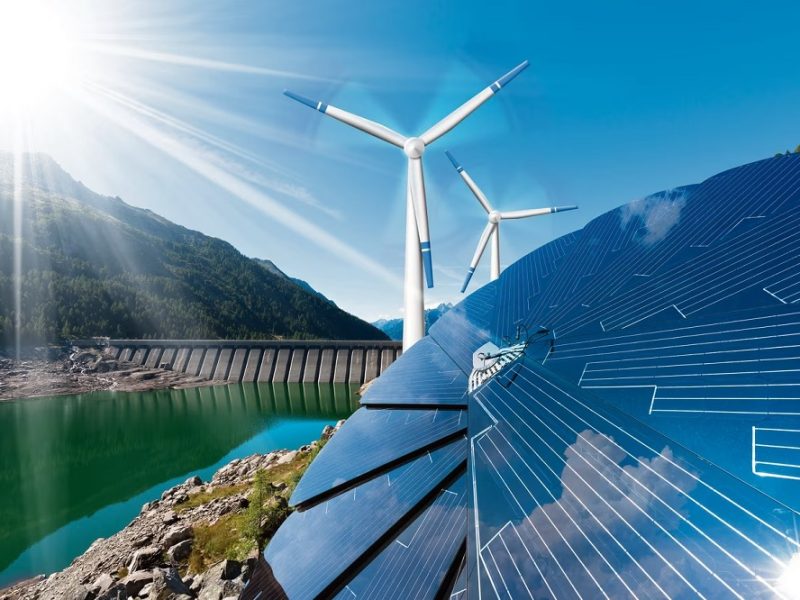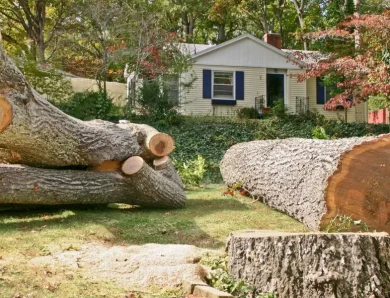
Breaking Barriers: Empowering the Underserved with Clean Energy Solutions
Energy is a fundamental necessity for every aspect of human life, yet many communities around the world, particularly those that are underserved, face significant challenges in accessing clean and reliable energy sources. In this blog post, we will explore the importance of empowering the underserved through revolutionizing access to clean energy. By breaking down barriers and implementing innovative energy poverty solutions, we can pave the way for a brighter, more sustainable future.
Understanding the Energy Crisis
Underserved populations often lack access to electricity and clean energy, leading to severe consequences for their health, education, and socio-economic development. It is crucial to acknowledge the disparities that exist between privileged and underserved communities in terms of energy access. For those who lack electricity or rely on traditional and often harmful energy sources, such as biomass or kerosene, daily life becomes a constant struggle.
These disparities create numerous challenges for underserved populations, including limited opportunities for education and economic growth. Without reliable electricity, children are hindered in their ability to study after sunset, hindering educational progress. Additionally, reliance on polluting energy sources has detrimental effects on human health, contributing to respiratory illnesses and premature deaths, particularly amongst women and children.
The Power of Clean Energy
Clean energy, such as solar, wind, and hydro power, presents a viable solution to combat the energy crisis and empower underserved communities. By tapping into these renewable sources, we can minimize our carbon footprint and mitigate the impacts of climate change. Moreover, clean energy offers a multitude of benefits that directly address the challenges faced by underserved populations.
Access to clean energy has a profound impact on health and well-being. By eliminating the need for harmful and polluting energy sources, individuals can enjoy improved indoor air quality and significantly reduce their exposure to harmful pollutants. This, in turn, reduces the prevalence of respiratory illnesses and enhances overall quality of life.
In addition, clean energy opens doors to economic opportunities. Communities that have access to electricity can engage in income-generating activities and establish small businesses. Moreover, clean energy solutions often require maintenance and technical expertise, creating employment opportunities and fostering local economic development.
Barriers to Clean Energy Access for the Underserved
While the benefits of clean energy are evident, underserved populations face various barriers hindering their access to such solutions. One of the primary challenges is financial constraints due to economic struggles or the lack of climate financing initiatives. Many low-income families struggle to afford the upfront costs associated with installing clean energy technologies, such as solar panels. Without access to affordable financing options, these communities are unable to make the initial investment.
Additionally, underserved areas often lack the necessary infrastructure to support the implementation of clean energy projects. Without a reliable grid system or adequate transmission lines, it becomes challenging to distribute clean energy effectively. This infrastructure gap further deters private investors from entering these markets, perpetuating the cycle of energy poverty.
Furthermore, there is a lack of awareness and knowledge about the advantages of clean energy among underserved populations. Limited education and outreach efforts prevent these communities from understanding the potential benefits of clean energy solutions. By addressing this knowledge gap, we can empower individuals to advocate for clean energy access and take advantage of available resources.
Innovations Driving Clean Energy Access
Despite the barriers, there are numerous innovative technologies and energy transition financing initiatives that are driving clean energy access for the underserved. These solutions aim to break down financial, infrastructural, and knowledge barriers to ensure equitable access to clean energy.
One example is the Pay-as-You-Go (PAYG) model, which allows individuals to pay for clean energy solutions in installments over time. This innovative financing approach eases the financial burden on underserved communities, enabling them to afford clean energy technologies while generating savings in the long run.
Moreover, initiatives such as community-led renewable energy projects provide a decentralized approach to clean energy access. These projects empower local communities to take ownership of their energy needs and tailor solutions to their specific requirements. By fostering local partnerships and collaboration, these initiatives create a sense of ownership and ensure long-term sustainability.
Policies and Advocacy for a Sustainable Future
Achieving widespread clean energy access requires supportive governmental policies and effective advocacy efforts. Governments play a critical role in establishing regulatory frameworks that promote and incentivize the adoption of clean energy technologies. By implementing policies that encourage investment in underserved areas, governments can attract private sector participation and drive clean energy deployment.
Successful case studies from countries like India and Rwanda demonstrate the transformative power of sustainable energy policies. These nations have implemented inclusive and sustainable energy policies that prioritize the energy needs of the underserved. Through comprehensive approaches that include financial incentives, regulatory reforms, and community engagement, these countries have made significant strides in bridging the clean energy gap.
Furthermore, advocacy groups play a vital role in raising awareness about clean energy among the underserved. These groups mobilize resources, facilitate capacity-building programs, and empower individuals and communities to champion clean energy access. By amplifying the voices of the underserved and advocating for their rights to clean energy, these organizations contribute to systemic change.
Empowering Individuals and Communities
Empowering individuals and communities to take control of their clean energy needs is essential for long-term sustainability. Education and training programs can equip the underserved with the skills and knowledge required to implement and maintain clean energy solutions. By providing technical training and support, individuals can be empowered to create positive change within their communities.
Furthermore, creating opportunities for entrepreneurship and economic empowerment through clean energy is crucial. By supporting local businesses and start-ups that focus on clean energy technologies, underserved communities can become active participants in the green economy. This not only drives economic development but also fosters a sense of ownership and pride in clean energy initiatives.
Overcoming Challenges and Building a Brighter Future
While many challenges remain, it is crucial to address them collectively to build a brighter future for all. Identifying and overcoming financial barriers by offering affordable financing options and subsidies can make clean energy solutions more accessible to underserved communities.
Investing in the necessary infrastructure, such as grid expansion and distribution networks, is another critical step in ensuring clean energy reaches the underserved. Governments and organizations must prioritize these infrastructure gaps to create an enabling environment for clean energy deployment.
Moreover, education and awareness campaigns must be expanded to empower individuals and communities with knowledge about the benefits of clean energy. By partnering with local organizations and institutions, tailor-made educational programs can be developed to increase awareness and uptake of clean energy solutions.
Conclusion
Revolutionizing access to clean energy is a powerful tool to empower the underserved and transform their lives. By breaking down barriers, implementing innovative solutions, and prioritizing inclusive policies, we can create a future where everyone has equitable access to clean and reliable energy sources.
It is our shared responsibility to champion clean energy access for all. Through collective action and collaboration, we can create a sustainable and inclusive energy future, empowering the underserved and making a tangible difference in improving the quality of life for millions of people worldwide.




